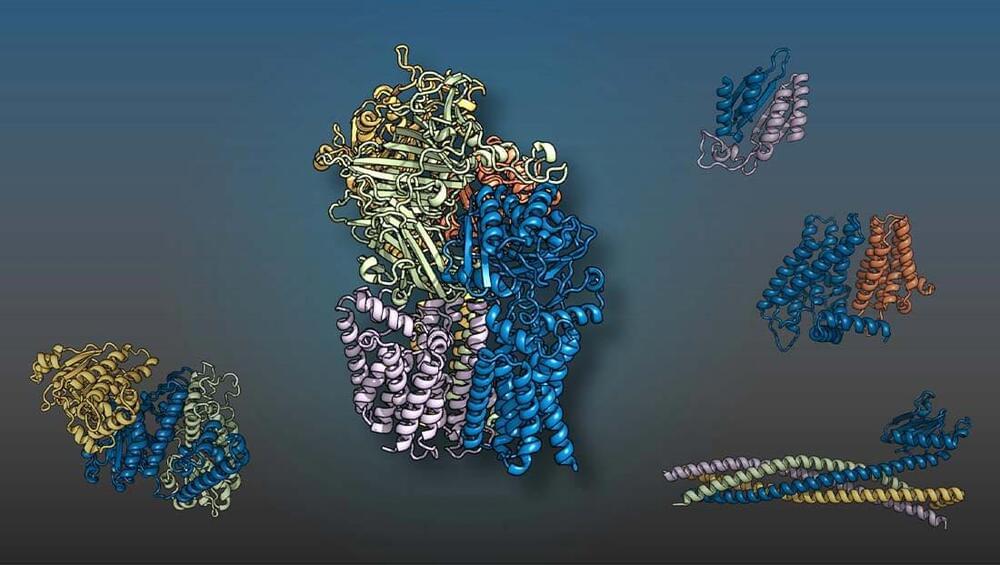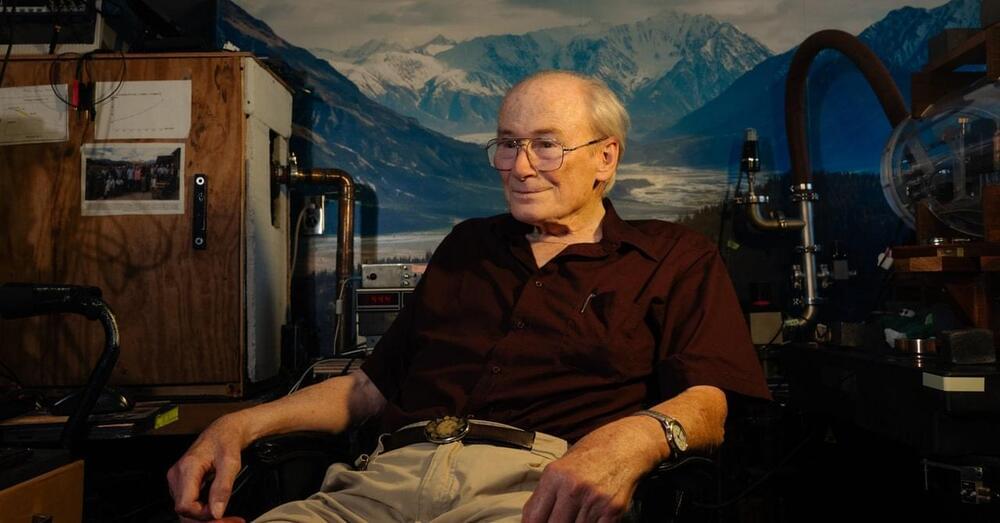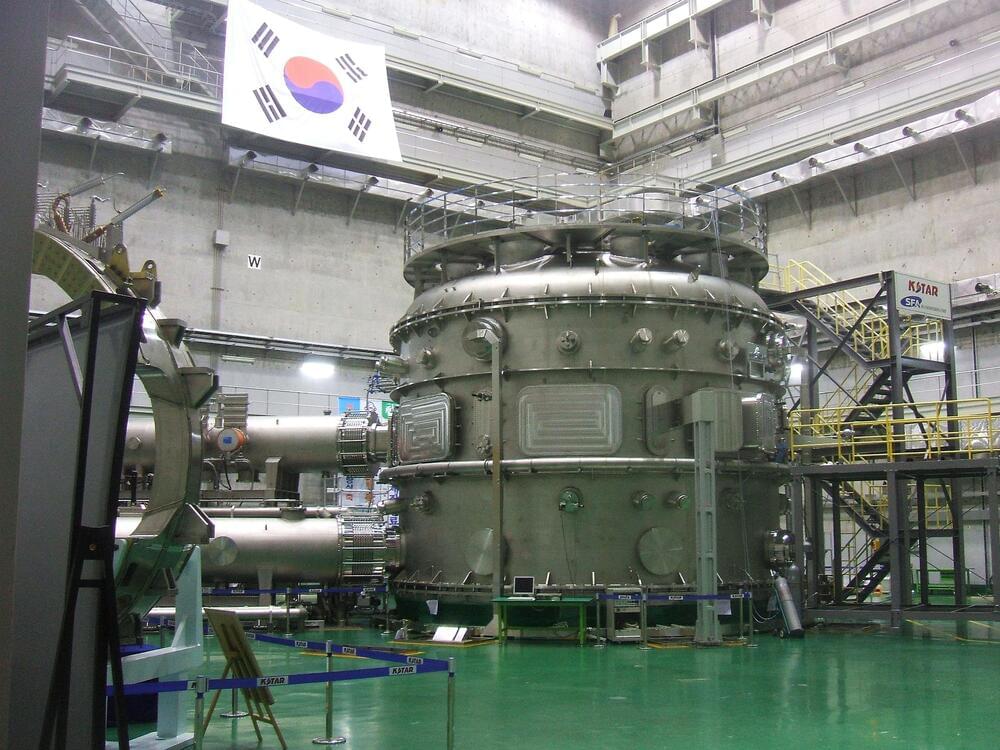Nov 24, 2021
Artificial Intelligence Successfully Predicts Protein Interactions — Could Lead to Wealth of New Drug Targets
Posted by Genevieve Klien in categories: biotech/medical, robotics/AI
Research led by UT Southwestern and the University of Washington could lead to a wealth of drug targets.
UT Southwestern and University of Washington researchers led an international team that used artificial intelligence (AI) and evolutionary analysis to produce 3D models of eukaryotic protein interactions. The study, published in Science, identified more than 100 probable protein complexes for the first time and provided structural models for more than 700 previously uncharacterized ones. Insights into the ways pairs or groups of proteins fit together to carry out cellular processes could lead to a wealth of new drug targets.
“Our results represent a significant advance in the new era in structural biology in which computation plays a fundamental role,” said Qian Cong, Ph.D., Assistant Professor in the Eugene McDermott Center for Human Growth and Development with a secondary appointment in Biophysics.


















